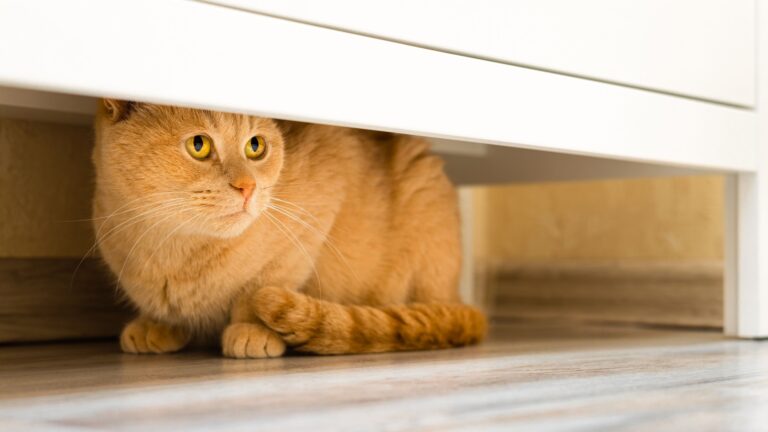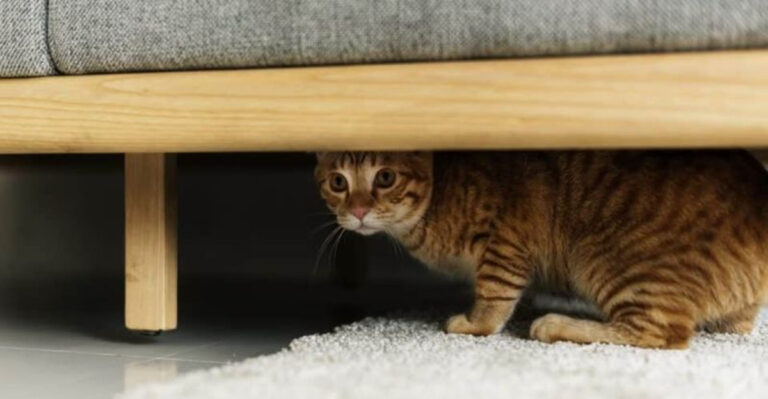Why More Americans Are Choosing Birds And Reptiles Over Traditional Pets Today

The American pet landscape is changing fast. More families are skipping dogs and cats to welcome feathered friends and scaly companions into their homes instead.
This shift reflects our changing lifestyles, living situations, and what we want from animal companionship. Let’s explore why birds and reptiles are winning hearts across the country.
1. Apartment-Friendly Size
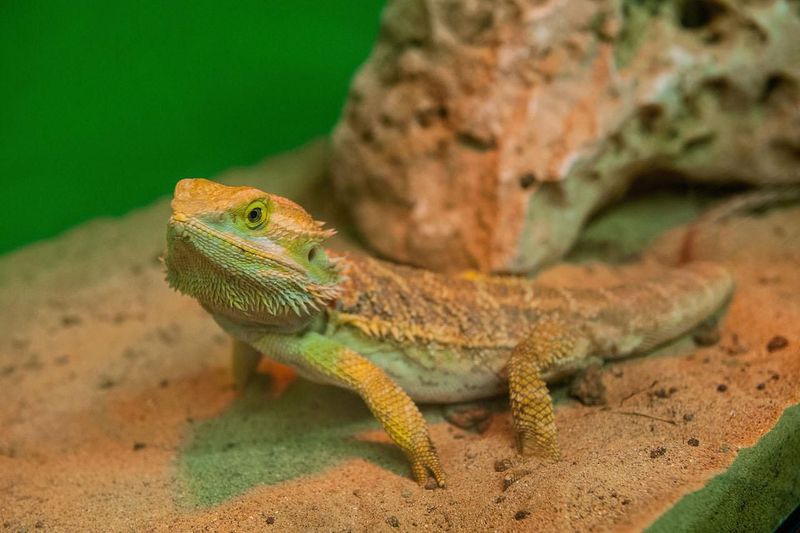
Urban living means smaller spaces, and many landlords ban cats and dogs but allow contained pets. A bearded dragon or cockatiel requires much less room than a Golden Retriever!
Most reptile setups need just a few square feet of space, while many bird cages can fit comfortably in corners or against walls. This space efficiency makes these animals perfect for studio apartments, small condos, and other compact living arrangements.
For city dwellers facing space restrictions, these pets offer all the companionship without requiring a backyard or large living area.
2. Allergy-Friendly Options
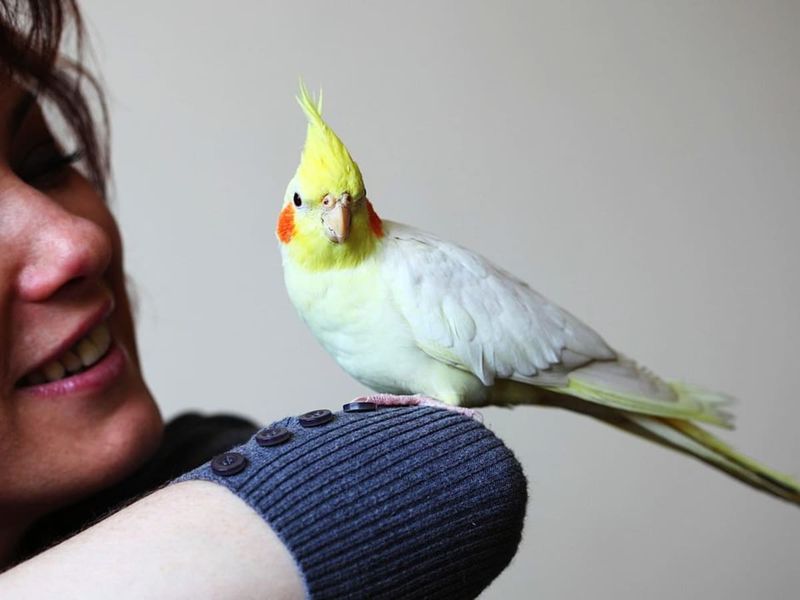
Fur allergies affect millions of Americans, making traditional pets impossible for many households. Reptiles and birds produce no dander, the primary allergen in mammals.
Families who’ve struggled with sneezing, itchy eyes, and asthma attacks around furry friends find relief with scaled or feathered companions. This health advantage opens pet ownership to people who’ve been forced to live without animal companionship for years.
Even in homes where only one family member has allergies, switching to these alternative pets can bring harmony and eliminate the need for constant medication.
3. Lower Daily Time Commitment

Modern life keeps getting busier. Many reptiles thrive with minimal handling and don’t need daily walks or constant attention. Birds can entertain themselves for hours with toys while you’re working from home.
A ball python might need feeding just once a week, while a leopard gecko requires brief daily care. Compare this to dogs needing multiple walks regardless of weather or your work schedule!
For busy professionals, parents juggling activities, or anyone with unpredictable hours, these pets fit into life’s rhythm rather than demanding that you rearrange everything around them.
4. Fascinating Behaviors To Observe

Watching a chameleon change colors or a parrot solve puzzles provides endless entertainment. These animals display behaviors rarely seen in typical pets, making them living science exhibits.
Reptiles hunt with prehistoric precision – the way a monitor lizard tracks prey or a snake strikes demonstrates evolution in action. Birds show remarkable intelligence through tool use, language learning, and problem-solving that rivals primates.
Many owners report developing a deeper appreciation for animal cognition and natural behaviors. The educational value especially appeals to families with curious children who thrive on discovery rather than just cuddling.
5. Longer Lifespans Than Many Mammals

The heartbreak of saying goodbye to pets comes too quickly with dogs and cats. Many parrots live 50+ years, while tortoises can outlive their human caretakers!
A well-cared-for ball python might be with you for 30 years. Even smaller birds like cockatiels routinely reach 20 years of age. This longevity creates deeper bonds and eliminates the trauma of frequent pet loss.
For parents, these long-lived companions can follow children from elementary school through college and beyond. Many reptile and bird owners appreciate knowing their beloved pet might someday be enjoyed by their grandchildren.
6. Reduced Veterinary Expenses
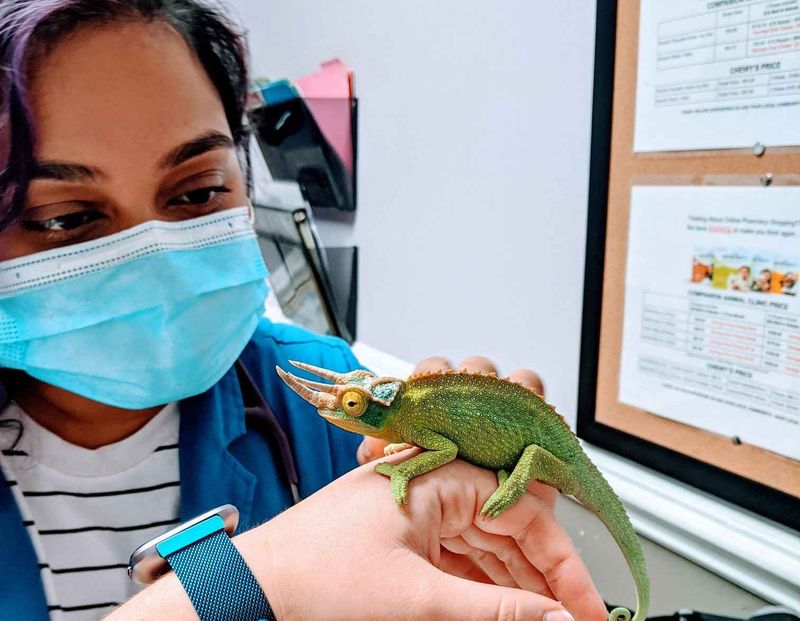
Pet healthcare costs keep climbing, but reptiles and birds typically need fewer vet visits. Many reptiles require just annual wellness checks rather than multiple vaccinations and monthly preventatives.
The average dog owner spends $1,400+ annually on veterinary care. Contrast this with a healthy bearded dragon needing perhaps $200 yearly for checkups. Even birds, which need more specialized care than reptiles, often cost less than mammals over their lifetime.
The savings add up dramatically over years of ownership. For families on tight budgets or those without pet insurance, these alternative pets provide companionship without financial strain.
7. No Barking Or Neighborhood Disturbances
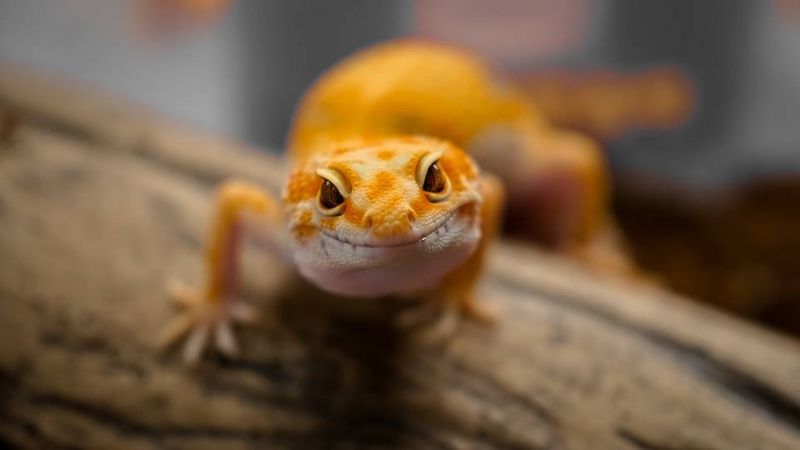
Noise complaints rank among the top reasons people surrender dogs to shelters. Most reptiles make virtually no sound, while many bird species can be trained to moderate their vocalizations.
Apartment dwellers appreciate pets that won’t trigger complaints from neighbors or violate noise ordinances. Even the most vocal parakeet can’t match a barking dog’s volume or ability to carry through walls and floors.
Night shift workers and light sleepers find particular value in quiet companions. Reptiles follow natural day/night cycles without disrupting human sleep patterns, making them ideal for households with varying schedules.
8. Unique Aesthetic Appeal
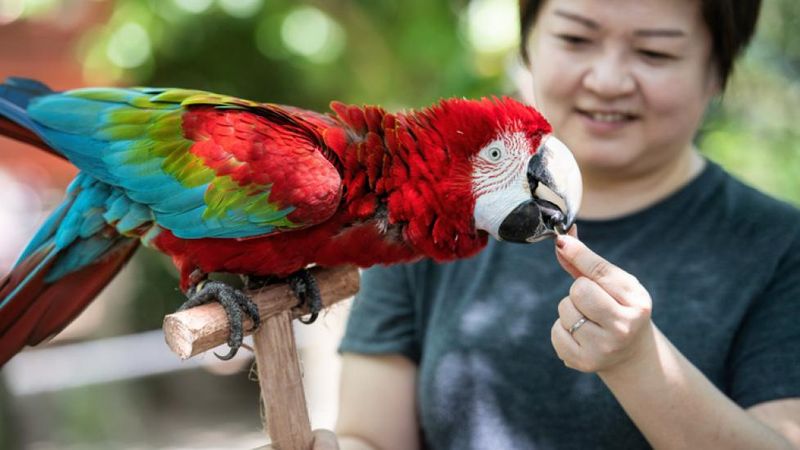
The stunning colors of a rainbow boa or the iridescent feathers of a sun conure bring living art into homes. These pets offer visual beauty that changes and evolves unlike any static decoration.
Many owners design entire rooms around elaborate terrariums or aviaries. The vivid greens of an emerald tree boa or the kaleidoscopic display of a macaw’s plumage provide natural color that brightens living spaces.
Social media has amplified this appeal – unique pets gather more attention online than common cats or dogs. For the aesthetically minded or those who value distinctiveness, these pets satisfy both the desire for companionship and visual beauty.
9. Reduced Travel Complications
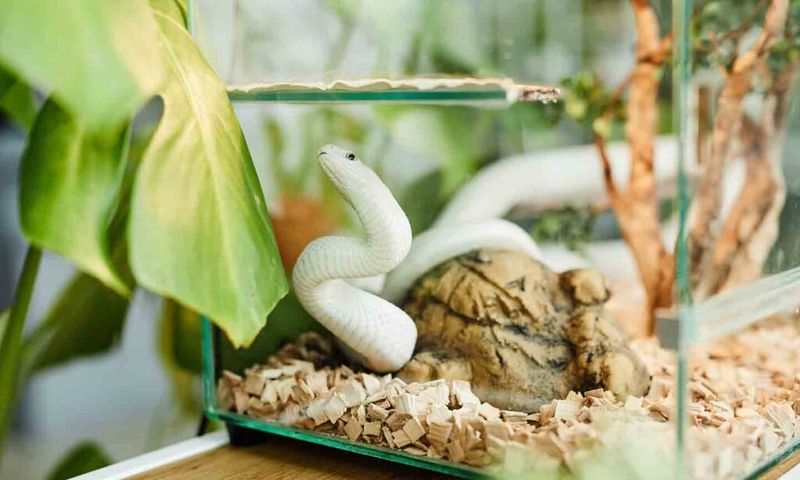
Americans travel more than ever, creating headaches for traditional pet owners. Reptiles can often go days with automated misting systems and timed lights, needing only occasional feeding from a friend.
Birds adapt well to having pet-sitters visit briefly, unlike dogs requiring multiple daily walks. Many reptile owners schedule feeding around their travel plans – a ball python can healthily go two weeks between meals!
The freedom to take weekend trips without elaborate pet care arrangements appeals to young professionals and empty-nesters alike. This flexibility eliminates the guilt many pet owners feel when leaving home.
10. Conversation Starters And Uniqueness

Walking a dog rarely turns heads, but mention your Argentine tegu or African grey parrot and watch people’s interest spark! These unconventional pets make their owners stand out.
Social gatherings often revolve around unique talking points. The intelligence of a corvid bird or the ancient lineage of a tortoise provides fascinating conversation material that goes beyond typical pet discussions.
Many owners report making friends through shared interest in exotic pets. Online communities and specialty expos create social connections for enthusiasts who might otherwise struggle to find common ground with traditional pet owners.
11. Reduced Destructive Behaviors
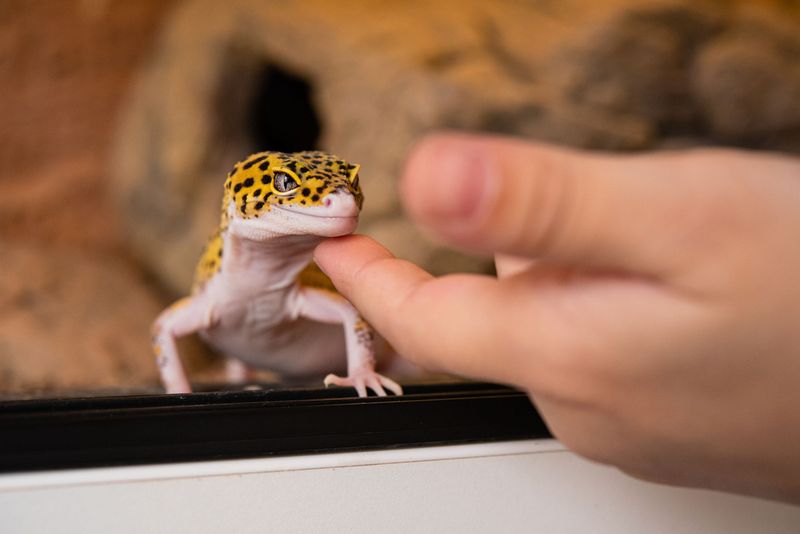
Chewed furniture, scratched doors, and stained carpets plague many cat and dog owners. Reptiles and birds remain contained in their habitats, eliminating these household hazards.
Even when handled, most reptiles won’t damage property. Birds can be messy but their impact stays largely within their cage area. Compare this to puppies that might destroy shoes, furniture, and valuables worth hundreds or thousands of dollars.
Homeowners and renters alike appreciate pets that won’t jeopardize security deposits or expensive furnishings. This property protection factor particularly appeals to those living in high-end apartments or with valuable antiques.
12. Specialized Hobbies And Communities
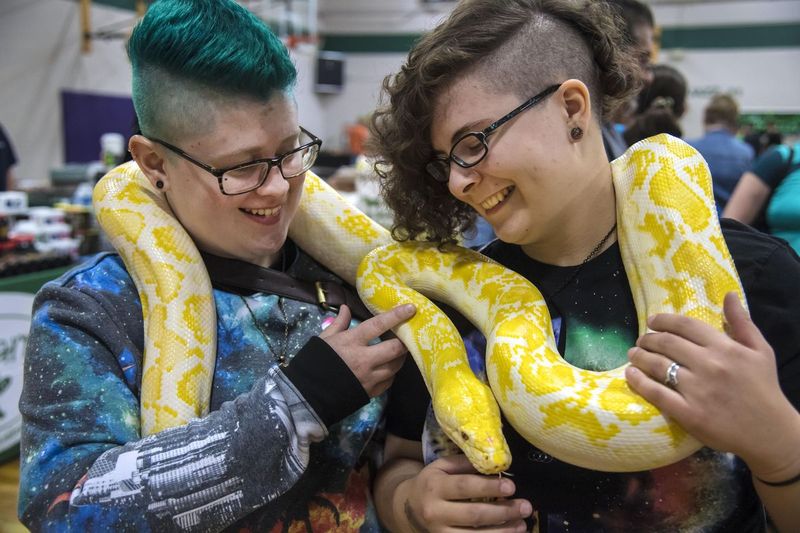
Keeping reptiles or birds often evolves from pet ownership into passionate hobbies. Enthusiasts create naturalistic vivariums, breed rare morphs, or participate in conservation efforts.
These specialized interests connect people across geographical and social boundaries. Reptile expos draw thousands of attendees, while bird clubs host shows celebrating the diversity of avian companions.
Many owners report that what began as simple pet keeping transformed into lifelong learning and community building. For those seeking deeper engagement than walking a dog provides, these alternative pets offer entry into fascinating subcultures with their own traditions, expertise, and shared values.
13. Environmental Consciousness

The carbon pawprint of dogs and cats is enormous – one medium dog consumes more resources yearly than many humans in developing nations! Reptiles and small birds require fraction of the food, water, and energy.
Environmentally conscious pet owners appreciate that a leopard gecko might eat just 2-3 small insects daily. Even larger reptiles consume significantly less animal protein than cats or dogs, reducing their environmental impact.
For the growing number of Americans concerned about sustainability, these efficient pets align with values of reducing consumption. Their smaller ecological footprint offers a way to enjoy animal companionship while minimizing environmental harm.

